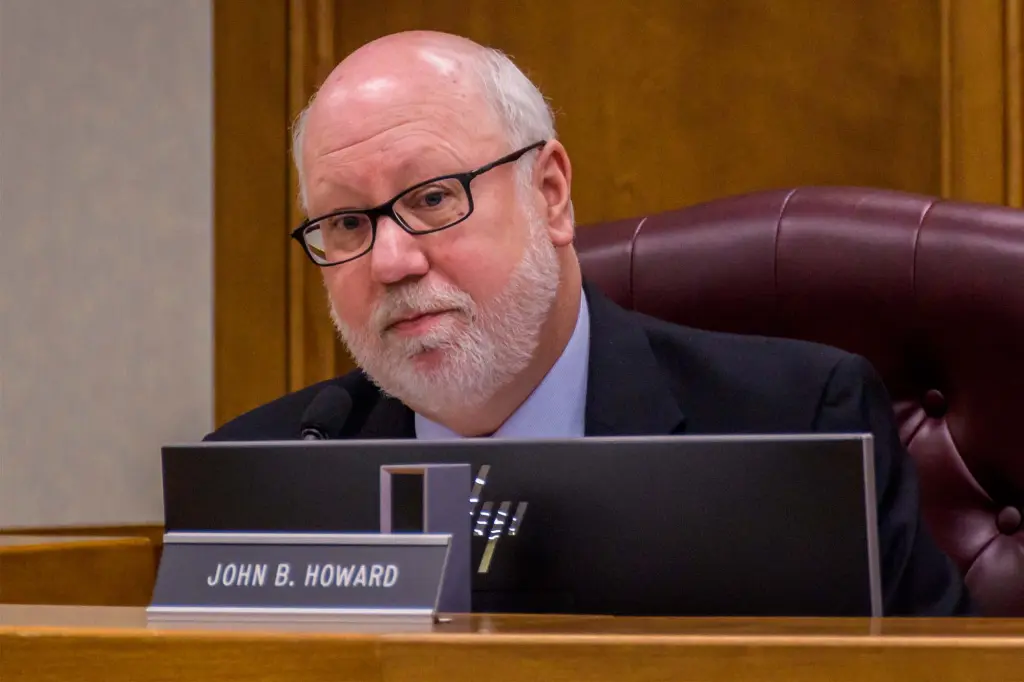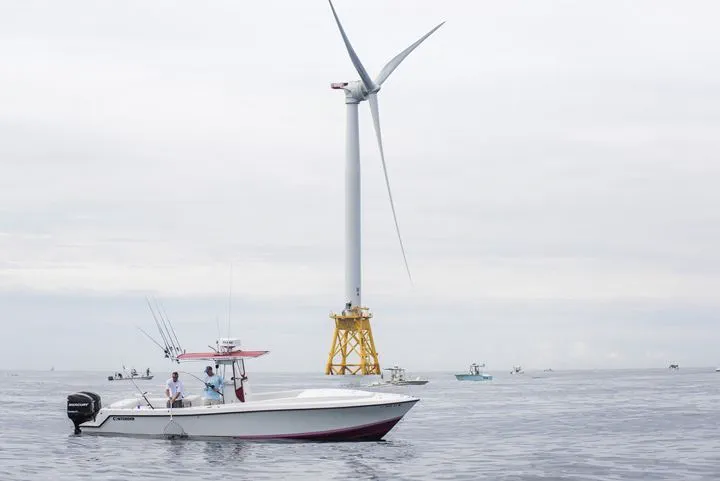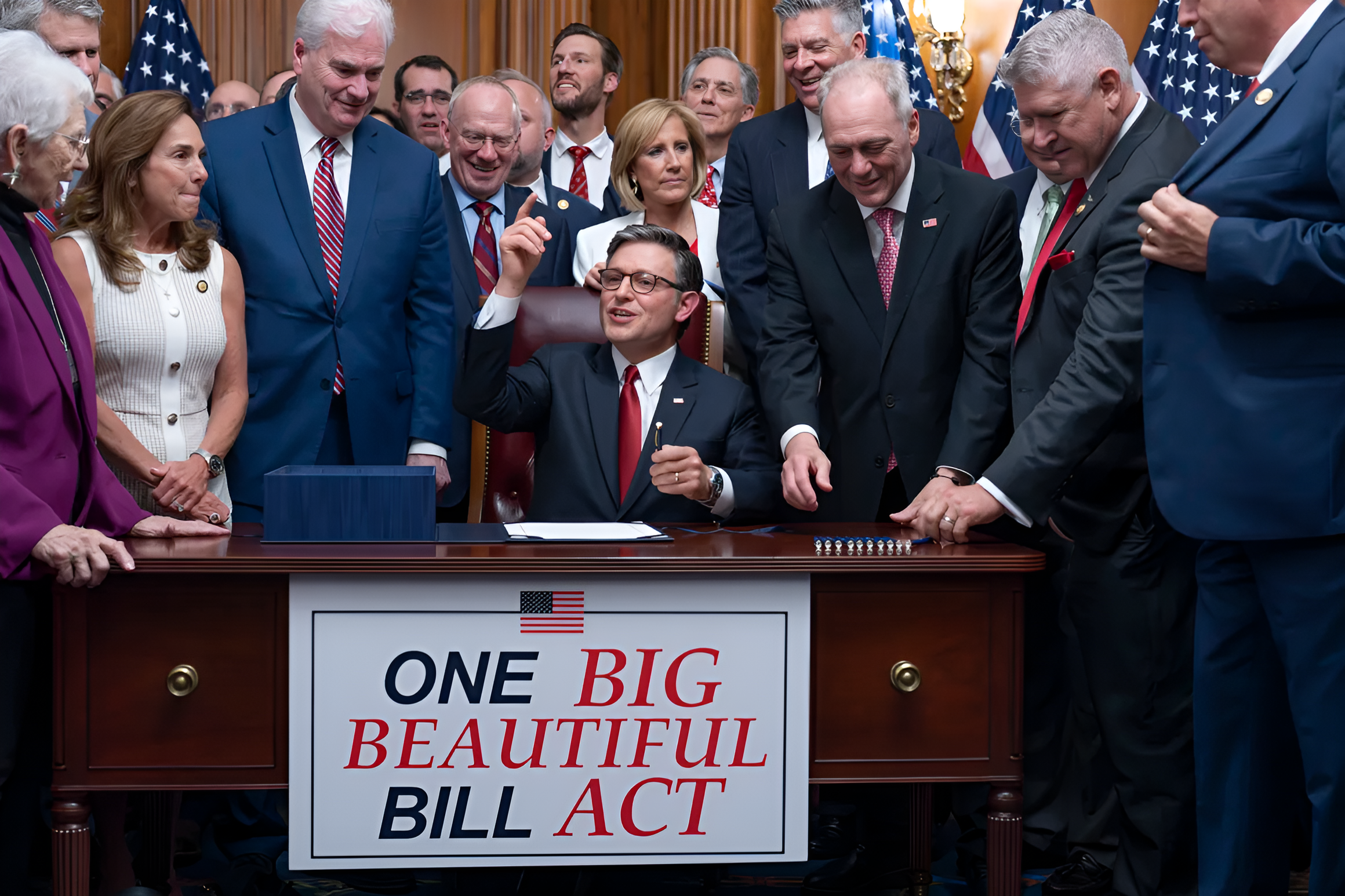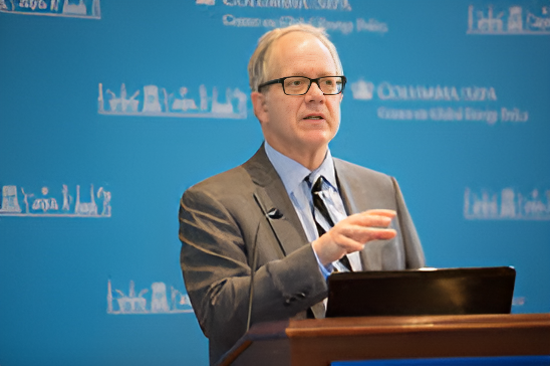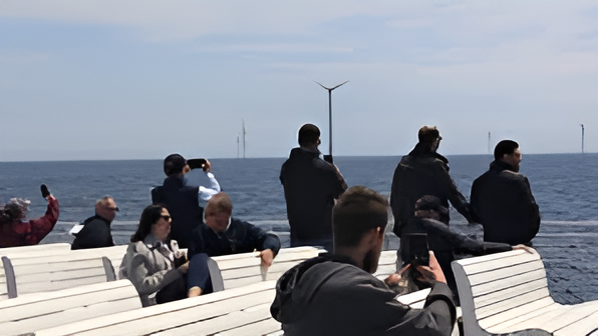Why is Trump shutting down Biden-approved offshore wind projects—and what does it mean for US clean energy goals?
After shutting down two other large offshore wind projects, New York’s Empire 1 Wind Project and Lava Ridge, it is moving to shut down Rhode Island’s Revolution Wind. Trump’s offshore wind ban policy will destroy Ørsted’s multi-billion dollar offshore project. Approved during the Biden administration, the projects were celebrated as the backbone of America’s clean energy transition. Now, with Trump’s shutdown looming, critics are warning that the United States is backing away from its climate commitments at the very moment the world is moving toward a low-carbon future.
The Trump administration argues the opposite: these projects represent expensive, unreliable, and risky ventures that harm national security and American taxpayers. But we all know that renewable energy comes entirely from nature. All of Trump’s decisions are raising one of the most divisive energy debates in modern American history.
Ørsted’s $1.5 billion project: 80% Complete, Now in Limbo
On Friday, August 22, 2025, the Trump administration issued a surprise order: all work on Orsted’s $1.5 billion Revolution Wind project must cease.
The Bureau of Ocean Energy Management (BOEM) wrote to Orsted that the moratorium was necessary to protect “the national security interests of the United States” and “prevent interference with the reasonable use of the exclusive economic zone, high seas, and territorial waters.”
“You may not resume operations until BOEM notifies you that BOEM has completed its required review,” the agency clearly told Orsted.
The order halted a project that was 80% complete, already employs hundreds of union workers, and was scheduled to be completed by 2026. If it works, Revolution Wind will provide 704 megawatts of clean electricity—enough to power more than 350,000 USA homes across Rhode Island and Connecticut.
A Decade of Progress
Ørsted has been operating in the US for a long time and is considered a leader in offshore wind. It has completed and is operating each project with great efficiency and success.
Revolution Wind is no speculative venture. It has spent nearly a decade undergoing environmental, technical, and regulatory reviews and then received every federal and state permit, including approval of the construction and operating plan in November 2023.
In essence, it has signed 20-year power purchase agreements (PPAs) to deliver 400 megawatts of electricity to Rhode Island and 304 megawatts to Connecticut, which the states plan to rely on as part of a strategy to reduce emissions and stabilize electricity prices.
Ørsted stressed that the project is fully permitted and contractually binding—an issue that could become the focus of an upcoming legal battle.
Ørsted’s investment in the US
Since the suspension, Oersted’s statements have been both defiant and defensive. The company has emphasized its role in building US energy infrastructure:
Investing billions in offshore wind, ports and grid upgrades
- Building shipbuilding and manufacturing supply chains in more than 40 states
- More than 4 million union workers are working hours on US offshore wind projects.
- 2 million hours at Revolution Wind alone.
After Trump’s ban, it said, “Revolution Wind is employing local union workers who support both onshore and offshore construction operations.”
The company is also assessing its financial situation, including legal action. Investors were warned that the suspension could affect its rights issue, due in August 2025, which could potentially put further financial pressure on Ørsted’s US operations.
Empire 1 wind project and Lava Ridge: Casualties
Revolution Wind is not one. The Rhode Island project is the third major renewable project to be shut down by the Trump administration this year:
- Empire 1 Wind Project (New York): First, in April, Interior officials revoked approval for the offshore project off Long Island, which was scheduled to power millions of New York homes.
- Lava Ridge Wind Project (Idaho): Second, in August, the administration revoked Biden’s approval for this land-based wind farm that would have powered 500,000 homes.
- Revolution Wind (Rhode Island): Third, now on hold despite being near completion.
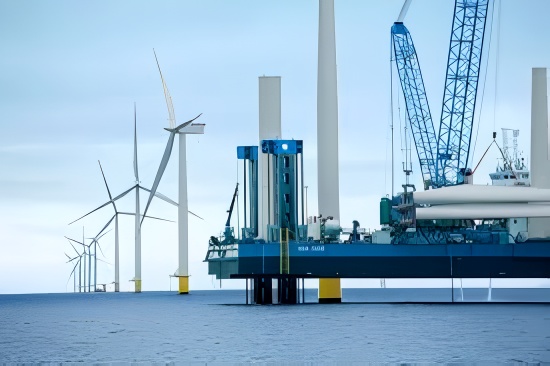
These projects, together representing more than 1.5 gigawatts of renewable capacity, represent significant progress toward Biden’s clean energy goals—progress that is now almost certain.
Empire 1 Wind Project:
The Empire 1 Wind Project, an offshore anchor in New York off the coast of Long Island, was designed to be one of the largest offshore wind farms in New York. With the potential to generate more than 816 megawatts of clean electricity, it is said to be capable of providing clean power to millions of homes, and the project has been a major contributor to America’s ambitious climate goals.
In terms of economic opportunity, various industry reports say that Empire 1 wind project, if fully operational, would create thousands of construction jobs, long-term maintenance positions, and billions in local investment. In many ways, it is the cornerstone of New York’s renewables strategy, and its success or failure could build investor confidence in the entire US offshore sector.
Empire 1, in essence, could make New York the epicenter of renewable energy in America. But with other mega-projects like Revolution Wind under Trump’s leadership, the administration has expressed doubts that Empire 1 will survive political interference.
For clean energy advocates, this makes Empire 1 a test case: The question is can state-level ambitions outpace federal rollbacks?
Lava Ridge Wind Project
Trump’s executive order initially halted Lava Ridge Wind Project. The Lava Ridge Wind Project, a proposed 1,000 megawatt (MW) wind farm in Magic Valley, Idaho, was designed to provide clean electricity to California. Initially approved by the Bureau of Land Management (BLM) in 2024, the project was abruptly halted in January 2025 by an executive order from former President Donald Trump.
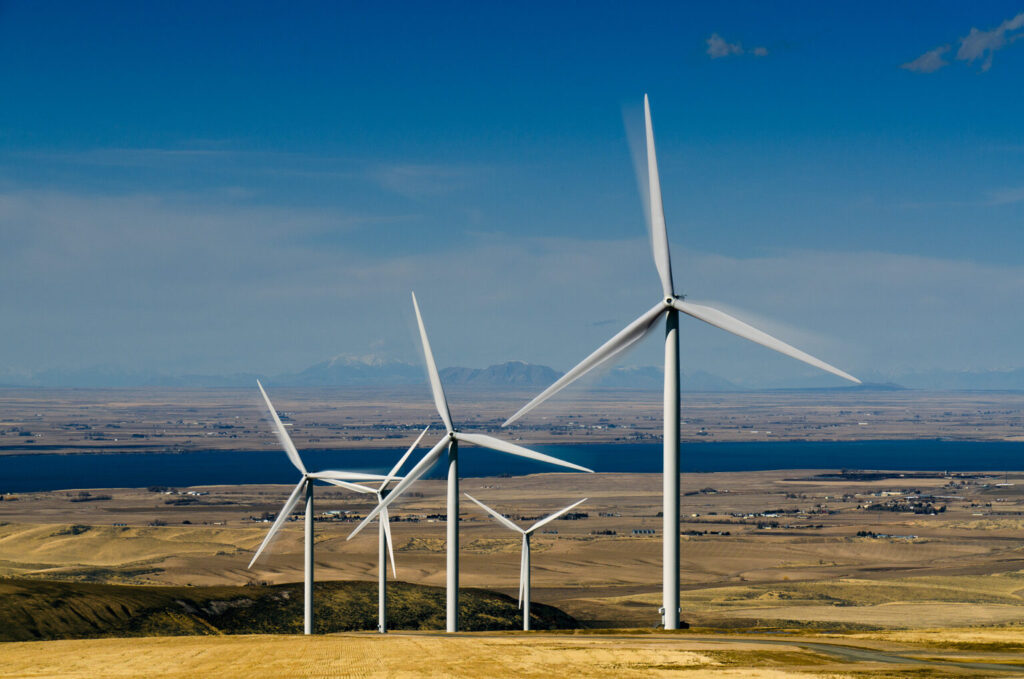
The project was located on 104,000 acres northeast of Twin Falls and planned for more than 200 turbines, each up to 660 feet tall.
Trump declared the project “unconscionable to the public interest and subject to legal error” in his order, which effectively terminated Magic Valley Energy’s right to proceed. And on his first day in office, Trump fulfilled a campaign promise by halting the project. In a press release, he citied:
“I promised the people of Idaho that I would not rest until the Lava Ridge Wind Project was shut down. On the first day, I kept that promise.”
South Fork Wind
South Fork Wind: A small project with a large symbol Compared to Empire 1—about 132 megawatts—Orsted project — its significance is enormous. As one of the first offshore wind projects approved in U.S. federal waters, South Fork was built to prove that offshore turbines are technically feasible and can be accepted by the public. Located near the South Fork of Long Island, the project is already generating enough electricity to power 70,000 homes.
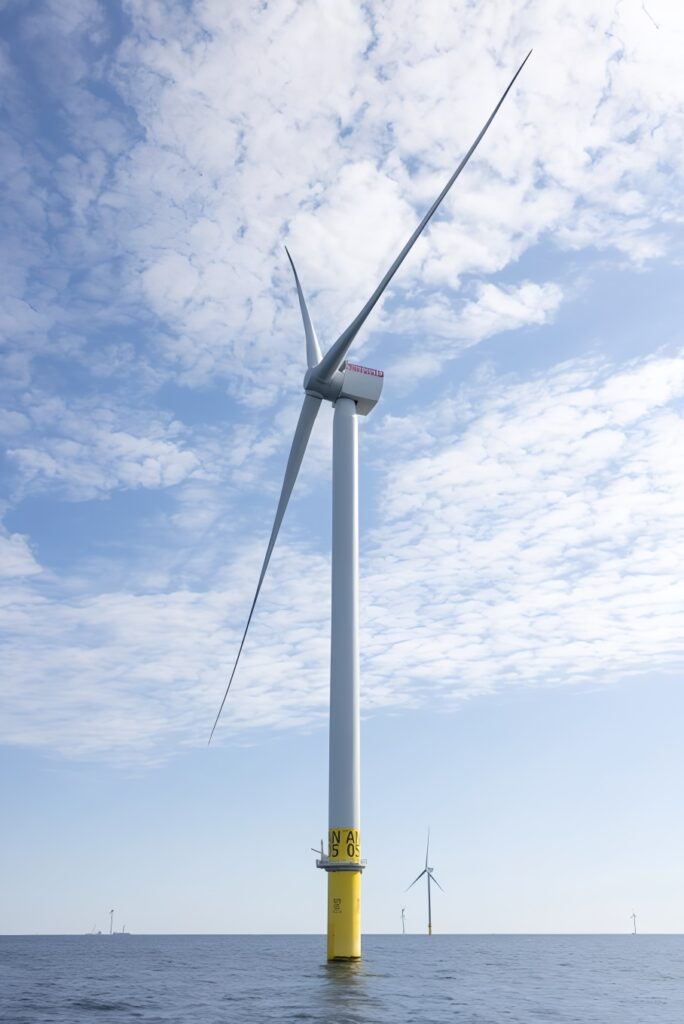
It also suggests that offshore wind is not just about large industrial projects; smaller, regionally concentrated wind farms can play an important role in diversifying America’s energy mix. South Fork also has symbolic significance: If the Trump administration continues to target larger projects for cancellation, small but viable farms like South Fork could become the backbone of early offshore deployment in the United States.
Opportunity amidst controversy Despite the political turmoil, both Empire 1 and South Fork demonstrate that offshore wind is one of the biggest opportunities for US clean energy goals.
Together, they represent: Job creation: Thousands of direct and indirect jobs in construction, manufacturing, shipping, and long-term operations. Energy security: Reducing reliance on fossil fuel imports through reliable, domestic power generation.
Climate progress: A solid step toward New York’s mandate to generate 70% of its electricity from renewable sources by 2030. Global investment appeal: An opportunity to keep the United States competitive with Europe and Asia, where offshore wind is already growing rapidly. Still, the controversy is hard to ignore. Biden approved several projects early in his term, but Trump’s recent shutdowns have eroded investor confidence and shaken local economies.
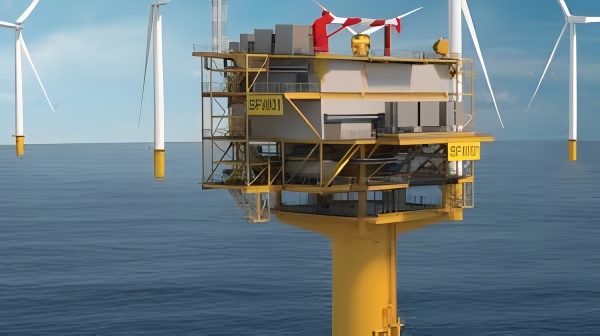
New York officials argue that canceling or delaying projects like Empire 1 could jeopardize billions of dollars in clean energy promises, while fossil fuel allies argue that offshore wind is still too expensive and disruptive. The big question is, ultimately, that Empire 1 and the South Fork are the realization of the crossroads that America now faces.
Will political agendas derail projects that promise jobs, clean air, and long-term savings—or will these wind farms stand as proof that the United States is serious about leading the renewable energy revolution?
For now, both projects are alive and well, but the future of America’s offshore wind sector could depend on whether Empire 1 and the South Fork can weather the political turmoil and deliver on their clean energy promises.
Trump’s offshore wind ban: Energy dominance
The US has taken a stand against the shutdown as part of a broader strategy to protect energy interests.
Interior Secretary Doug Burgum has dismissed large offshore wind farms as “massive, unreliable, non-stop energy projects” that are holding America back. He argues that they put a heavy burden on taxpayers and threaten the US “energy dominance” that Trump has been borrowing from his first term.
Beyond the rhetoric, the Trump administration launched a national security investigation into wind turbine imports, focusing on potential foreign subsidies and supply chain vulnerabilities. It has invited public comment, but unfortunately, critics say the process is opaque and politically motivated.
Then, in the next blow, Congress recently passed the One Big Beautiful Bill, which further strengthens the strict regime by removing clean energy incentives from Biden’s inflation reduction law. For renewable developers, this is a sign of an increasingly hostile investment environment.
The government has repeatedly implemented various laws and policies that have cornered wind energy, especially offshore wind projects, causing companies to suffer huge losses and forcing them to shut down projects.
Biden’s view versus Trump’s opposite
The stark divide between the two administrations is clear:
Biden’s plan: to approve projects like Empire 1, Revolution Wind, and South Fork to deliver 30 gigawatts of offshore wind by 2030, bringing clean electricity to more than half of homes. These projects were designed not only to provide clean electricity but also to help the United States reduce emissions, compete with countries such as China and Europe, and create massive jobs in clean energy.
Trump’s opposite: Trump has repeatedly called for canceling, delaying, or severely reviewing these projects, citing national security risks, cost burdens, and energy insecurity. All of the arguments Trump made have since been proven wrong.
Biden saw offshore wind as a path to climate leadership; Trump sees it as a liability.
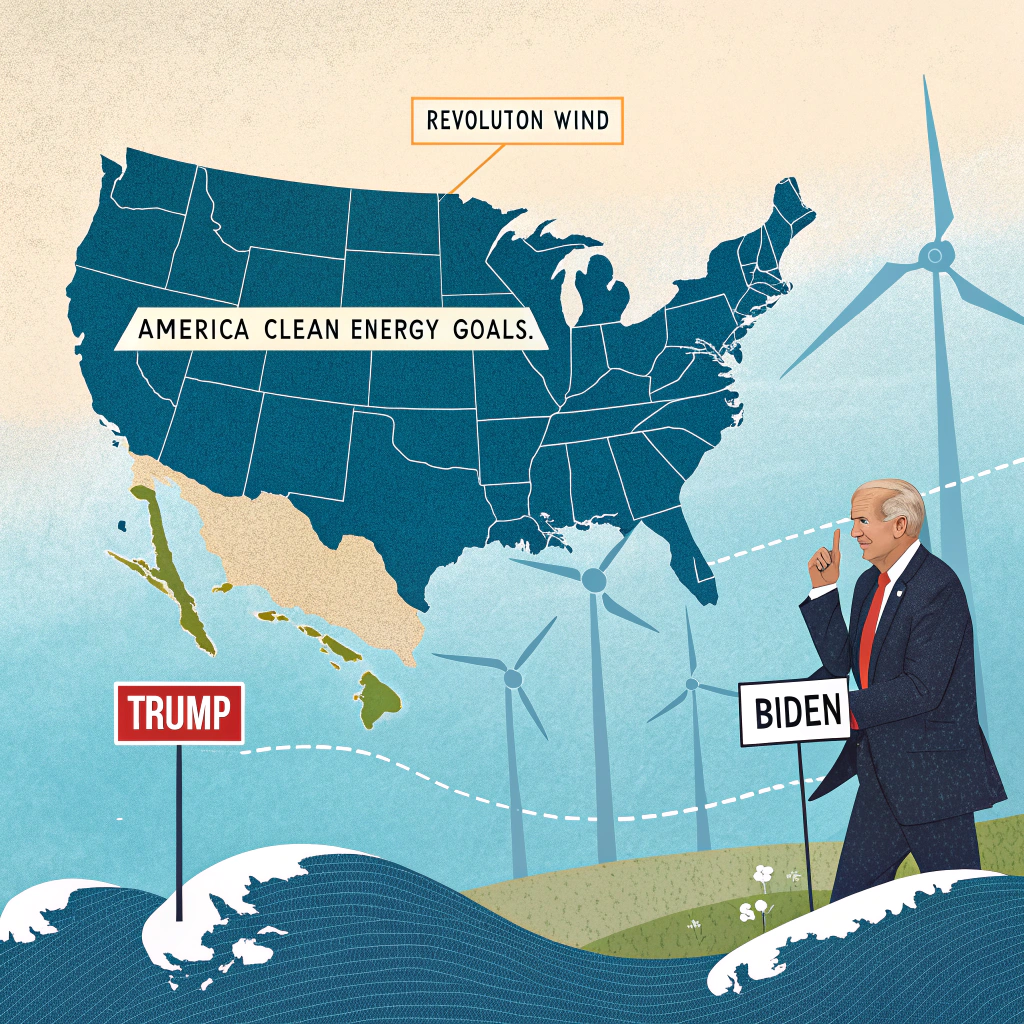
State pushback and legal action
The response from states has been swift. In May, Connecticut Attorney General William Tong joined 17 other AGs in suing the Trump administration over its offshore wind regulation efforts.
With Rhode Island and Connecticut directly affected by Revolution Wind, further legal challenges are likely. Given its contractual obligations under the PPA and the billions of dollars already spent, Ørsted could end up in court, as could others.
The court could now decide whether the federal government can unilaterally halt projects that have been fully approved and are already under construction.
US Clean Energy Goals at Risk
If these project closures become permanent, the impact would be huge:
- First, 1.5 GW+ of offshore wind capacity would be completely lost
- Nearly a million homes would be without clean power
- Billions in investments by developers like Oersted would be frozen
- Thousands of union jobs would be lost
- State climate goals in New York, Rhode Island, and Connecticut would be thwarted
- Finally, Biden’s 30 GW by 2030 goal would be weakened
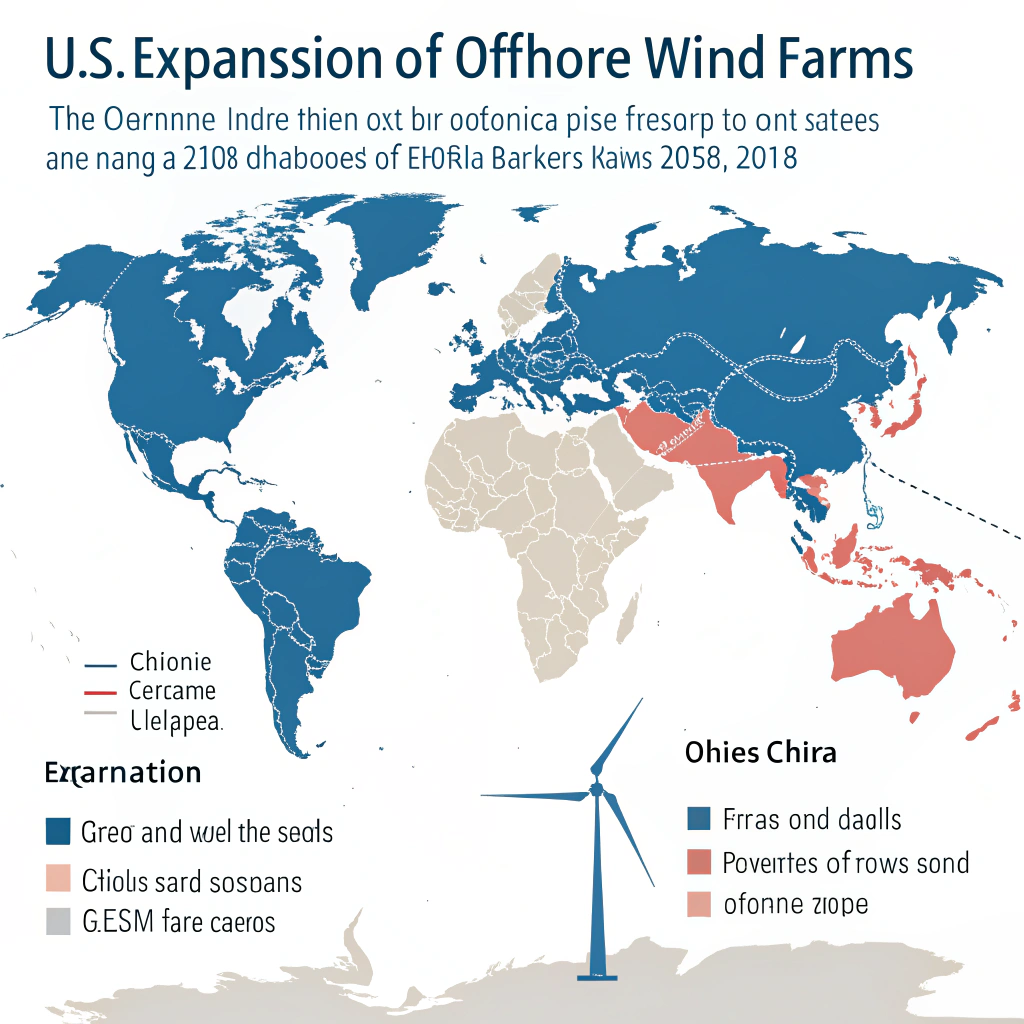
The U.S. would lose credibility in the global race for renewable energy leadership, not just in terms of targets. While Europe and China are aggressively expanding offshore wind; the U.S. would lag behind.
Orsted’s future in the US
The crisis raises questions about whether Oersted and other developers will continue to invest in the US market. Ørsted has already built the South Fork Wind project, which is supplying power to New York at a 53% power factor—compared to baseload sources.
For the company, South Fork proves that offshore wind can be both reliable and efficient. But with Revolution Wind stalled and Empire 1 canceled, Ørsted faces increasing uncertainty. If political risks become too high, developers could redirect capital to friendlier markets in Europe or Asia.
A Nation at a Crossroads
The changing political landscape has brought about a major shift in US energy policy. The United States is currently at a crossroads. On the one hand, the country could accelerate its deployment of renewable energy, reduce its reliance on fossil fuels, and secure a place as a global leader in clean energy.
On the other hand, it could expand its fossil fuel dominance, questioning its leadership position with foreign competitors. The fight against Oersted’s Revolution Wind will be emblematic of this struggle. Will America commit to a clean energy future, or will politics derail decades of progress?
In the Bottom
In the last words, the Trump administration’s shutdown of Ørsted’s Revolution Wind would be more than a bureaucratic delay—it would be a symbolic and practical blow to US clean energy goals. Biden’s approval of projects like Empire 1 and Revolution Wind promised to transform the U.S. energy landscape, but Trump’s shutdown is shattering that vision, throwing states, companies, and workers into turmoil.
As the lawsuits pile up and political divisions deepen, the future of U.S. offshore wind—and with it, America’s clean energy goals—hangs in the balance. For Ørsted, the fight is about rescuing a $1.5 billion investment. For America, it’s about deciding whether to lead the global race to renewable energy or fall behind. The question is which way America will go!
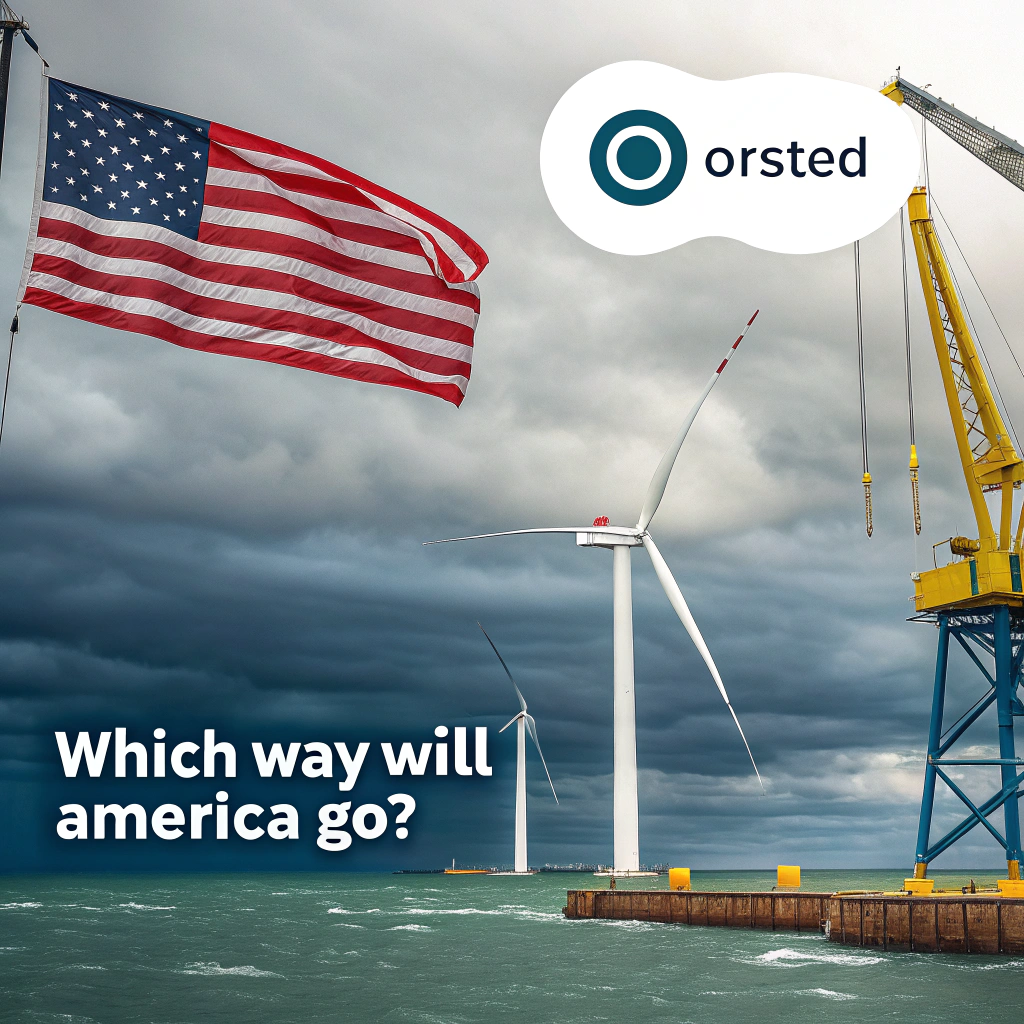
With US clean energy goals under threat! it remains to be seen whether the U.S. will lead the global renewable energy race—or fall behind? Stay tuned to https://windnewstoday.com/ for the latest on offshore wind, clean energy policy.


